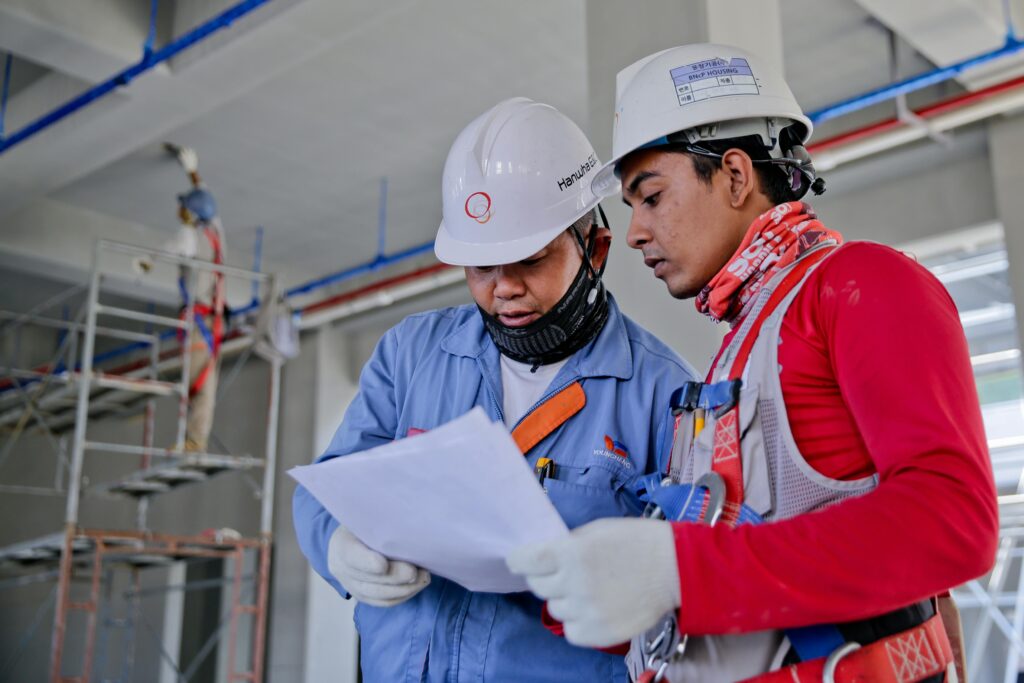Hydraulic systems are an integral part of many industrial and mobile applications, providing the power and control necessary for various mechanical operations. At the heart of these systems are hydraulic tube fittings, the unsung heroes that ensure the efficient and safe transfer of hydraulic fluid. In this comprehensive guide, we’ll explore the world of hydraulic fittings, their types, applications, importance, and operating pressures.
What are Hydraulic Tube Fittings?
Hydraulic tube fittings are specialized connectors designed to join hydraulic lines, hoses, and components within a hydraulic system. These fittings serve as the critical interface between the various components, allowing for the secure and leak-free flow of hydraulic fluid. Without reliable fittings, hydraulic systems would be prone to leaks, leading to potential hazards, inefficiencies, and costly downtime.
Types of Fittings Used for Hydraulics
The hydraulic industry offers a wide range of fitting types to accommodate diverse applications and operating conditions. Here are some of the most common types of hydraulic fittings:
- Pipe Fittings: These fittings are designed for use with rigid hydraulic tubing or pipes. They come in various configurations, such as elbows, tees, unions, and adapters, allowing for directional changes and connections within the system.
- Hose Fittings: Also known as hose couplings or hose connectors, these fittings are used to connect flexible hydraulic hoses to other components or rigid tubing. They often incorporate swivel nuts or ferrules to ensure a secure and leak-free connection.
- Flange Fittings: Flange fittings are used to connect hydraulic components, such as valves, pumps, or cylinders, to the hydraulic tubing or hoses. They provide a secure and rigid connection, often utilizing bolted flanges or clamps.
- Bite-Type Fittings: These fittings, also known as compression fittings, use a ferrule or sleeve that bites into the tubing when tightened, creating a secure and leak-free connection without the need for specialized tools.
- O-Ring Face Seal (ORFS) Fittings: ORFS fittings rely on an O-ring to create a metal-to-metal seal between the fitting and the mating component. They are known for their high-pressure capabilities and resistance to vibration and temperature fluctuations.
- Flareless Fittings: As the name suggests, flareless fittings do not require the flaring of the tubing end. Instead, they use specialized gripping mechanisms or bite rings to secure the tubing, making them easier to install and reducing the risk of damage during assembly.
Where are Hydraulic Fittings Used?
Hydraulic fittings are indispensable in a wide range of industries and applications where hydraulic power is utilized. Some common areas where you’ll find hydraulic fittings include:
- Construction and Mining Equipment: Excavators, loaders, cranes, and other heavy machinery rely on hydraulic systems for their powerful and precise movements. Hydraulic fittings play a crucial role in ensuring the safe and efficient operation of these machines.
- Agricultural Equipment: Tractors, harvesters, and other agricultural machinery often incorporate hydraulic systems for various functions, such as lifting, steering, and implement control. Hydraulic fittings are essential for the reliable performance of these systems.
- Manufacturing and Industrial Processes: Hydraulic systems are widely used in manufacturing plants for tasks such as metal forming, injection molding, and material handling. Hydraulic fittings ensure the smooth operation of these processes by facilitating the transfer of hydraulic fluid.
- Aerospace and Defense: Hydraulic systems are commonly found in aircraft, missiles, and other aerospace and defense applications, providing power for landing gear, flight control surfaces, and other critical systems. Hydraulic fittings in these applications must meet stringent safety and performance standards.
- Marine Applications: Ships, submarines, and offshore platforms often rely on hydraulic systems for various purposes, such as deck machinery, steering, and cargo handling. Hydraulic fittings play a vital role in ensuring the reliable operation of these systems in harsh marine environments.
Why are Hydraulic Fittings Important?
Hydraulic fittings are critical components in any hydraulic system for several reasons:
- Leak Prevention: Properly designed and installed hydraulic fittings help prevent leaks, which can lead to fluid loss, system inefficiencies, and potential safety hazards.
- System Integrity: Fittings are responsible for maintaining the structural integrity of the hydraulic system by securely connecting components and withstanding the high pressures and forces involved.
- Efficient Fluid Flow: Fittings ensure smooth and unobstructed fluid flow within the system, minimizing pressure drops and maximizing energy efficiency.
- Component Compatibility: Hydraulic fittings facilitate the connection of various components within the system, allowing for compatibility and interchangeability among different manufacturers.
- Safety: Properly selected and installed hydraulic fittings contribute to the overall safety of the system by preventing failures, leaks, and potential hazards associated with high-pressure hydraulic fluid.
At What Pressures Do Hydraulic Fittings Operate?
Hydraulic fittings are designed to operate under a wide range of pressures, depending on the specific application and system requirements. Typical operating pressures for hydraulic systems range from a few hundred pounds per square inch (psi) to several thousand psi.
Low-pressure hydraulic systems, such as those used in automotive applications like power steering or braking systems, typically operate at pressures below 1,000 psi.
Medium-pressure hydraulic systems, commonly found in industrial machinery and mobile equipment, often operate at pressures ranging from 1,000 psi to 3,000 psi.
High-pressure hydraulic systems, which are used in applications like metal forming, injection molding, or offshore drilling, can operate at pressures exceeding 5,000 psi, and in some cases, up to 10,000 psi or higher.
It’s important to note that the operating pressure of a hydraulic system is one of the primary factors in selecting the appropriate fittings. Fittings must be rated for the maximum working pressure of the system, with an appropriate safety factor, to ensure reliable and safe operation.
In conclusion, hydraulic tube fittings are the unsung heroes of hydraulic systems, playing a vital role in ensuring efficient and safe fluid transfer. From construction sites to manufacturing plants and aerospace applications, these fittings are indispensable components that enable the reliable operation of countless industrial and mobile applications.
By understanding the types, applications, importance, and operating pressures of hydraulic fittings, engineers and technicians can make informed decisions and maintain hydraulic systems at peak performance, ensuring productivity, safety, and long-term reliability.



